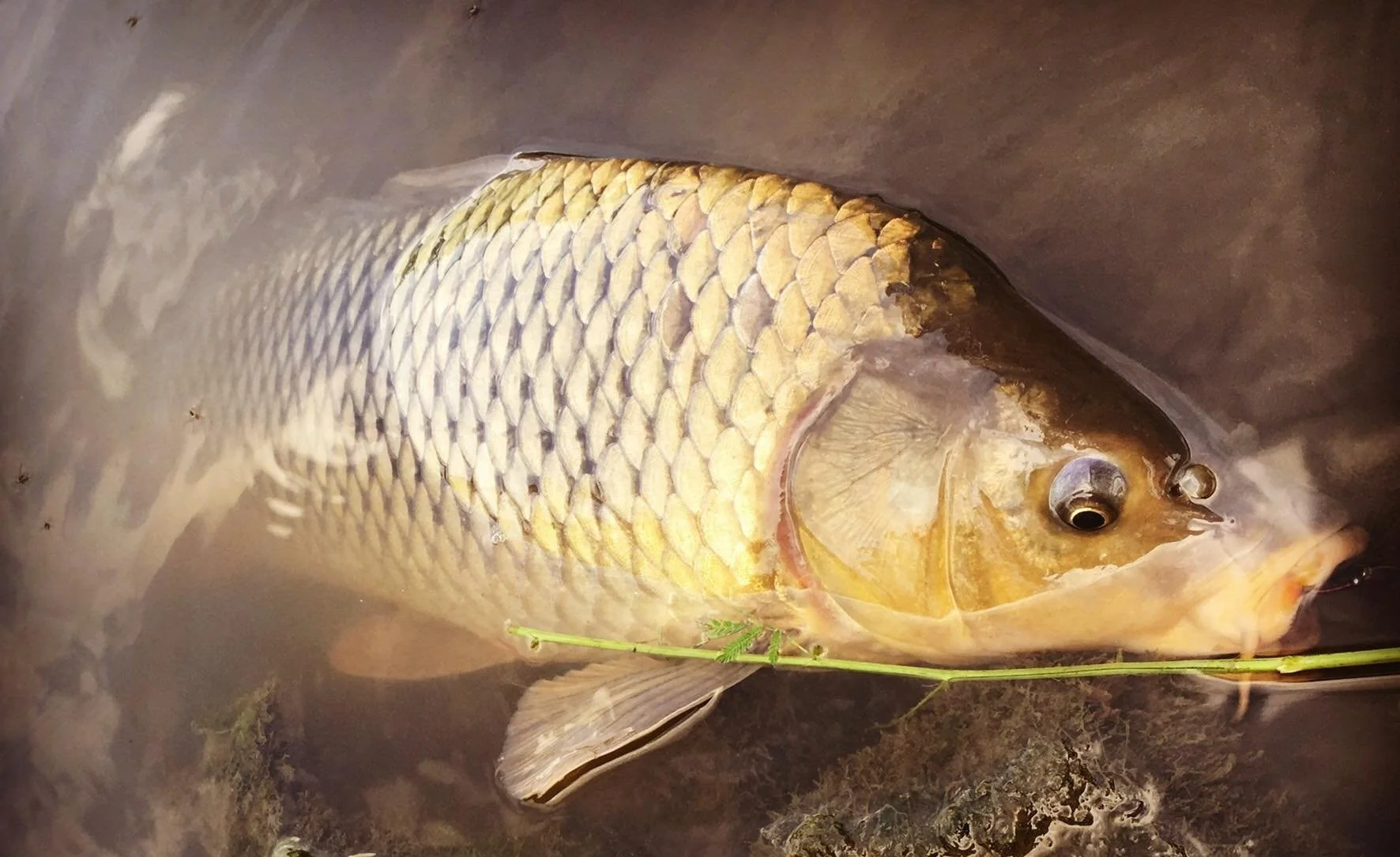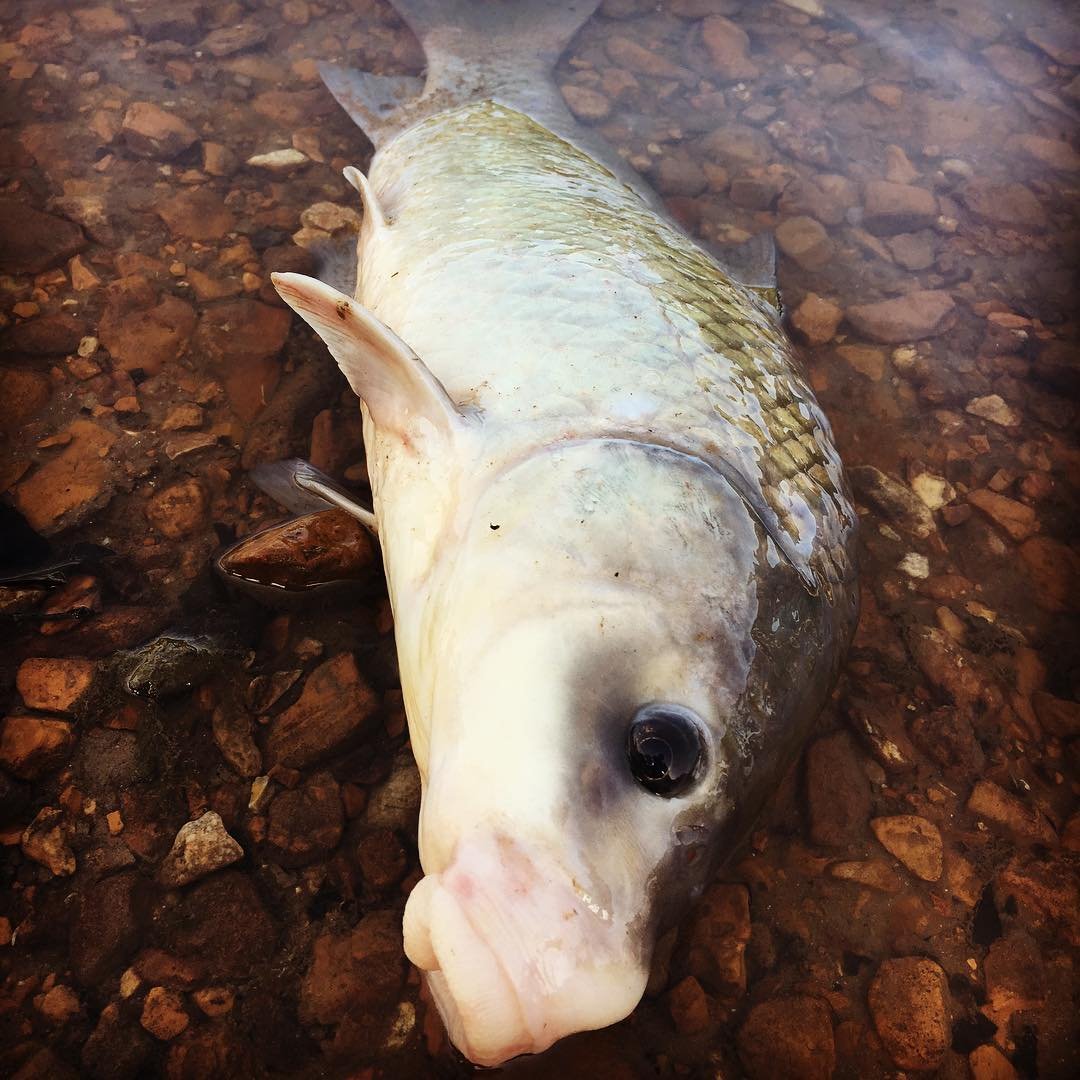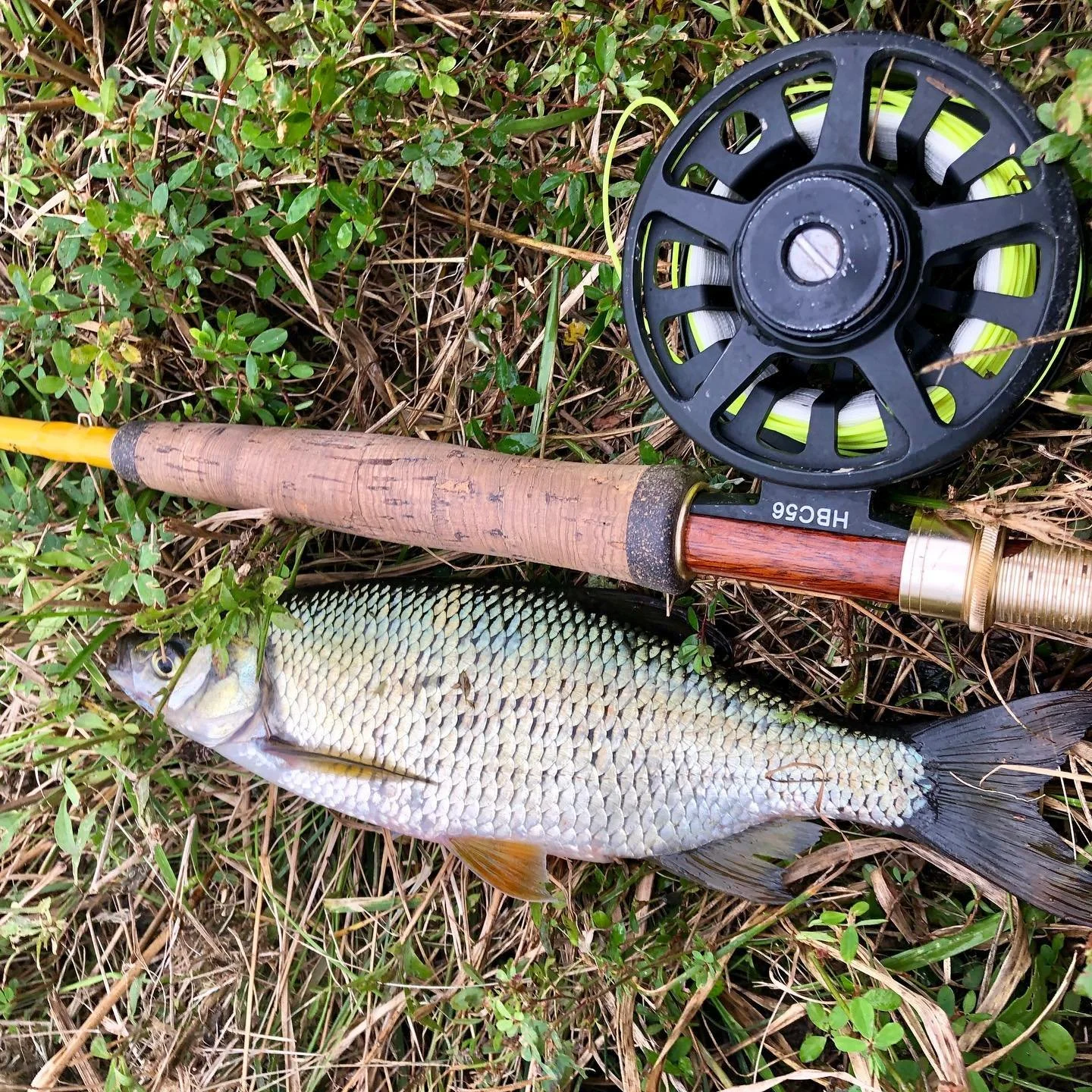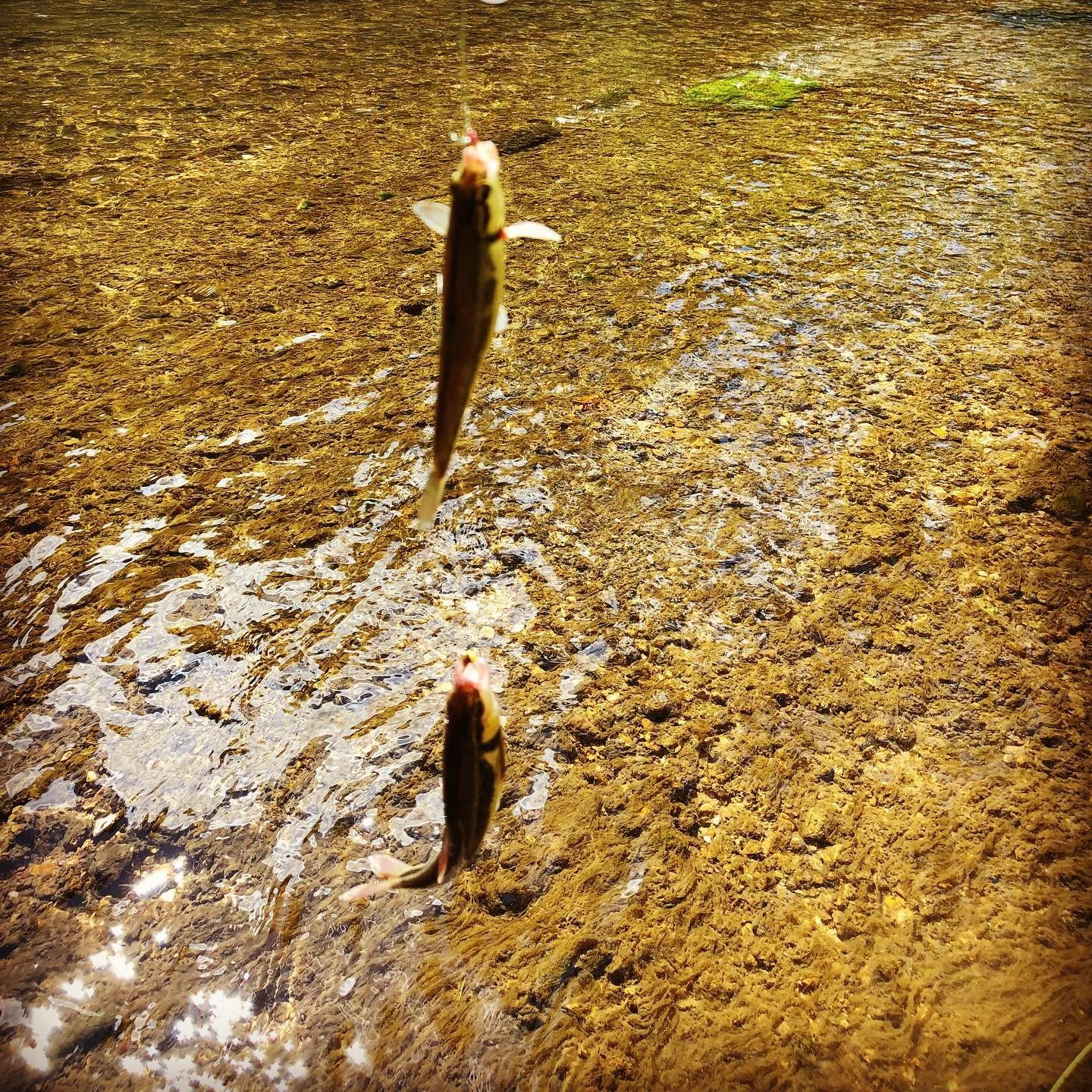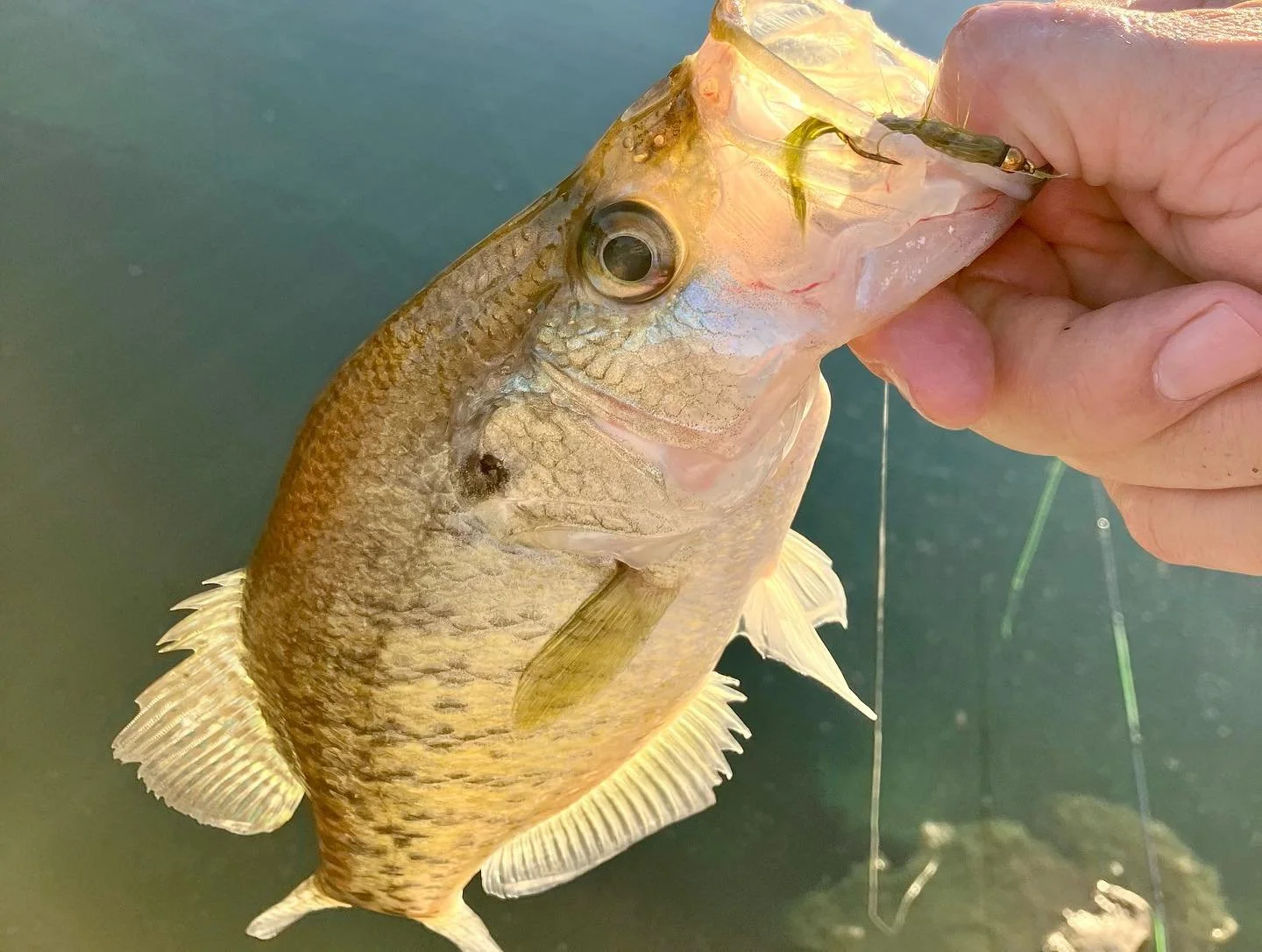The 10 most overlooked species in fly fishing
This post highlights what this blog is really all about: gaining new skills, seeking new experiences, and garnering yet more appreciation for our waters by pursuing their overlooked species, in overlooked locations. It’s how you can own the water as a fly angler.
This post is dedicated to all the sleepers. The bycatch you had no intention of catching and definitely didn’t have in mind when you got your gear together earlier that day. But you know you absolutely loved it! Just like racing a Buick Grand National or Ford Taurus SHO, they surprised you at the stoplight. The surprises that happen while fly fishing become the memories you talk about for decades.
The intent of this article is not really to weigh and rank, so the ranking of 1 through 10 is simply saying there are at least 10 you should try to catch on the fly.
1.Bowfin
Bowfin, like Gar, are a dinosour. They’re native (not invasive) and have inhabited waters near you for millions of years. Also known as Mudfish, Grindle, Dogfish, Grinnel, Cypress Trout, MudFish, etc. they are a primitive fish species that can be found in rivers, sloughs, creeks, and lakes throughout North America. These fish can be caught on a variety of flies, including streamers and topwater flies. What makes them so resilient and able to thrive in the toughest of environments also contributes to why they are so attractive a target for fly anglers.
They are utterly ferocious fighters. The Bowfin is all fight or flight so once hooked and throughout the tenous process of removing the fly, they will resist with all they have. Below is not a fly take but you can see what kind of topwater fun you could have with popper and mouse patterns chasing bowfin.
2. Common and Grass Carp
While carp will never win a beauty contest (though these pics may make you think otherwise) they will pull hard and run, providing a challenge for your gear as well as your own skills. These mud movers will test your patience, while proving they are far more intelligent than most anglers would assume or give them credit for. The video Long Shot from Jay Zimmerman provides many strong “whys” for carp fly fishing.
A variety of nymph based patterns will take a carp when they are tailing. Near surface flies such as Carp Assassin-like patterns has produced a few grass and common carp myself both in tailing and in surface feeding situations.
3. Gar
Gar are commonly found in shallow, weedy waters, particularly in the southern regions of the United States. Look for slow-moving or stagnant water, backwaters, and sloughs. They are also known to inhabit brackish water in coastal areas. If you can spot gar basking on the surface, they are apt to take your fly, assuming the hook sticks in their bony mouths.
Gar are opportunistic predators and will feed on a variety of prey, including fish, crayfish, and insects. The most effective fly patterns for gar are large streamers tied with synthetic materials that mimic the movement of baitfish. Some popular patterns include the Murdich Minnow, the Tarpon Toad, and the Game Changer. Use bright and flashy colors, as gar are attracted to movement and color.
4. Snakeheads
Snakeheads are notorious for being aggressive and territorial. They will often attack anything that enters their territory, including other fish and even birds. Look for signs of activity, such as surface disturbance or chasing baitfish.
Snakeheads can be found in warm, shallow waters with plenty of vegetation. Look for areas with lily pads, grasses, and submerged logs or stumps. They prefer calm waters, so look for areas that are protected from wind and currents.
Large, brightly colored streamers, poppers, and topwater flies are good options. Some anglers swear by frog patterns or even mouse patterns to mimic the prey that snakeheads are known to feed on.
5. Buffalo
These fish are overlooked for a variety of reasons. For one thing they are hard to convince to take a fly. Buffalo will often feed on the surface film in lakes and ponds. Dry flies like cottonwood seed fly patterns can do well in situations such as those times of year (June and July around here) when seeds on the surface make for an easy snack.
For mid-column situations when you see Buffalo suspended or just below the surface in shallow settings like a mud flat, a glo bug pattern can be slowly drifted in front of them, practically on their nose to induce a strike. On bottom, you will also find Buffalo feeding in a fashion similar to carp. Indicators of feeding activity like bubble trails and mud clouds can give away their position. In these situations, flies that can get to the bottom and be put in front of their faces can entice a take. Patterns I’ve seen produce include small brown or black marabou jigs or woolly buggers, carp crack and foxy lady patterns.
6. Creek Chubs and Shiners
Bycatch defined for many fly anglers, chubs and shiners are not glamorous fish, but they provide great sport. Golden shiners can resemble tiny Tarpon with their aggressive nature and even acrobatics when hooked.
Golden shiner caught on a Parachute Adams
Creek chubs and shiners are omnivorous and will eat a variety of food, including insects, small fish, and plant matter. These fish can be caught on a variety of flies, including jigs, dry flies, nymphs and streamers. Creek chubs and shiners can be caught using a variety of techniques, including dead-drifting, twitching, and stripping.
Tandem Bleeding Shiners caught on a tandem nymph rig while trout fishing.
7. Drum
Sometimes known as sheepshead, are another species that are often overlooked by anglers. They don’t have the same flashy appearance or fighting ability of the popular game fish species. Their drab silver color, rubbery downturned mouth, and ability to thrive in rather nasty environs result in poor perception among anglers. Where the drum lacks in looks or acrobatics they more than make up for with long runs and pulling power that can rival bass or trout, making them still plenty exciting to catch.
These fish can be caught on a variety of flies, including clousers, nymphs , crawfish patterns, and wooly buggers.
8. Catfish
Catfish are overlooked because there’s often the assumption out there they cannot be caught fly fishing. While they primarily feed on the bottom and are often scavengers, they can also be predatory in their feeding habits, making them ideal quarry for a fly rod in the right situations.
Catfish can be caught on a variety of flies, including large streamers.
A subdivision pond channel catfish caught on a 1/80 oz brown marabou jig.
9. Crappie
A great eating fish (perhaps behind the usual suspects of trout, salmon, and walleye) the crappie also happens to be a blast to catch on the fly. One aspect I’ve always enjoyed is that the slower sinking, lighter flies like jigs can absolutely pull numbers from submerged trees, bridge pilings, and more with ease once you find them. I usually find them alongside the same haunts a sunfish and bass.
Crappie are another species that are often overlooked by anglers. These fish can be caught on small jigs and streamers provide a fun challenge for anglers of all skill levels.
10. Green Sunfish
My personal favorite name for these fish are the skunk buster. When you’re out of luck that day and even the reliable redear, bluegill, longear, or pumpkinseed are not willing to play, the Green Sunfish always finds a way to take your fly. An endless supply seems to exist in every rock-laden shoreline. They hide in a few scant inches of water before loudly announcing their presence on the end of your line.
This green sunfish took a Pat’s Rubber Leg Nymph
A 3-5 weight fly rod and reel with a floating line should be sufficient for many of the above species mentioned. Use a 7-9 foot tapered leader with a tippet of 4-6X. a small hook (size 10-14), lightly-weighted nymph or small streamer will do the job in many situations.
In conclusion, while many anglers may focus on popular species like trout and bass, there are many overlooked freshwater fish species that can provide just as much excitement and challenge. These species may not be as well-known, but they are certainly worth targeting for anglers looking to broaden their horizons and test their skills.


